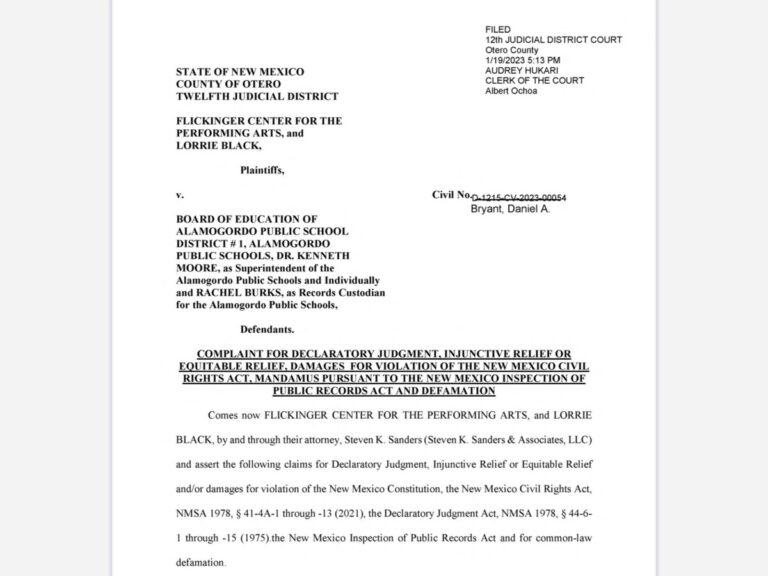“Polling Insights: Tim Walz Leads JD Vance Ahead of Vice Presidential Debate”
According to a recent survey conducted by The Associated Press-NORC Center for Public Affairs Research, Ohio Senator JD Vance, the Republican vice presidential candidate, is experiencing lower voter popularity compared to his Democratic counterpart, Minnesota Governor Tim Walz.
Both Vance and Walz emerged as relatively unknown political figures this summer. As they prepare to take the stage in a high-profile vice-presidential debate next week, the survey indicates that Democrats are generally more favorable toward Walz and Vice President Kamala Harris than Republicans are toward Vance and former President Donald Trump.
Vance Faces Challenges in Favorability
The poll reveals a significant challenge for the Republican ticket, with Vance’s unfavorable ratings rising sharply. Approximately half of registered voters hold a somewhat or very unfavorable view of Vance—up from about 40% in late July—while only about 25% have a favorable opinion of him. A similar portion of voters expressed that they don’t know enough about Vance to form an opinion.
In contrast, Walz enjoys a more positive reception, with only about 30% of voters viewing him negatively. Around 40% hold a favorable view of Walz, with the remainder unsure.
Support Dynamics Among Party Bases
The discrepancy in favorability also extends to the candidates’ party bases. Approximately 70% of Democratic voters view Walz positively, while about 60% of Republican voters express a favorable opinion of Vance.
Walz Outperforms Vance Among Key Demographics
Traditionally, Democratic candidates tend to receive greater support from women, whereas Republicans often perform better among men. This trend is apparent in the favorability ratings of Trump and Harris. However, Walz surpasses Vance in popularity among both men and women, with about 40% of each group viewing him positively. In contrast, Vance’s favorable ratings are around 30% among men and just 25% among women.
Furthermore, Walz has a significant lead over Vance among older voters. Half of voters aged 60 and above view Walz favorably, compared to only about 30% who share that sentiment about Vance.
Areas for Improvement for Walz
Despite Walz’s advantages, he still faces challenges in appealing to certain key Democratic demographics. While approximately 75% of Black voters have a favorable view of Harris, only about 50% feel the same about Walz. Additionally, Walz is less popular among women, with about 30% of women expressing that they don’t know enough about him to form an opinion.
Overall, neither vice-presidential candidate has surpassed the popularity of Harris or Trump among major demographic groups, and both remain less known than the presidential nominees. For instance, about 25% of white voters without a college degree are unfamiliar with Vance, while roughly 40% of voters aged 18 to 29 lack an opinion on Walz.
As their national profiles continue to grow, the popularity of Vance and Walz may shift in the lead-up to the election.
The survey included responses from 1,771 registered voters and was conducted from September 12-16, 2024. It utilized a sample from NORC’s probability-based AmeriSpeak Panel, ensuring representation of the U.S. population, with a margin of sampling error of plus or minus 3.4 percentage points.






